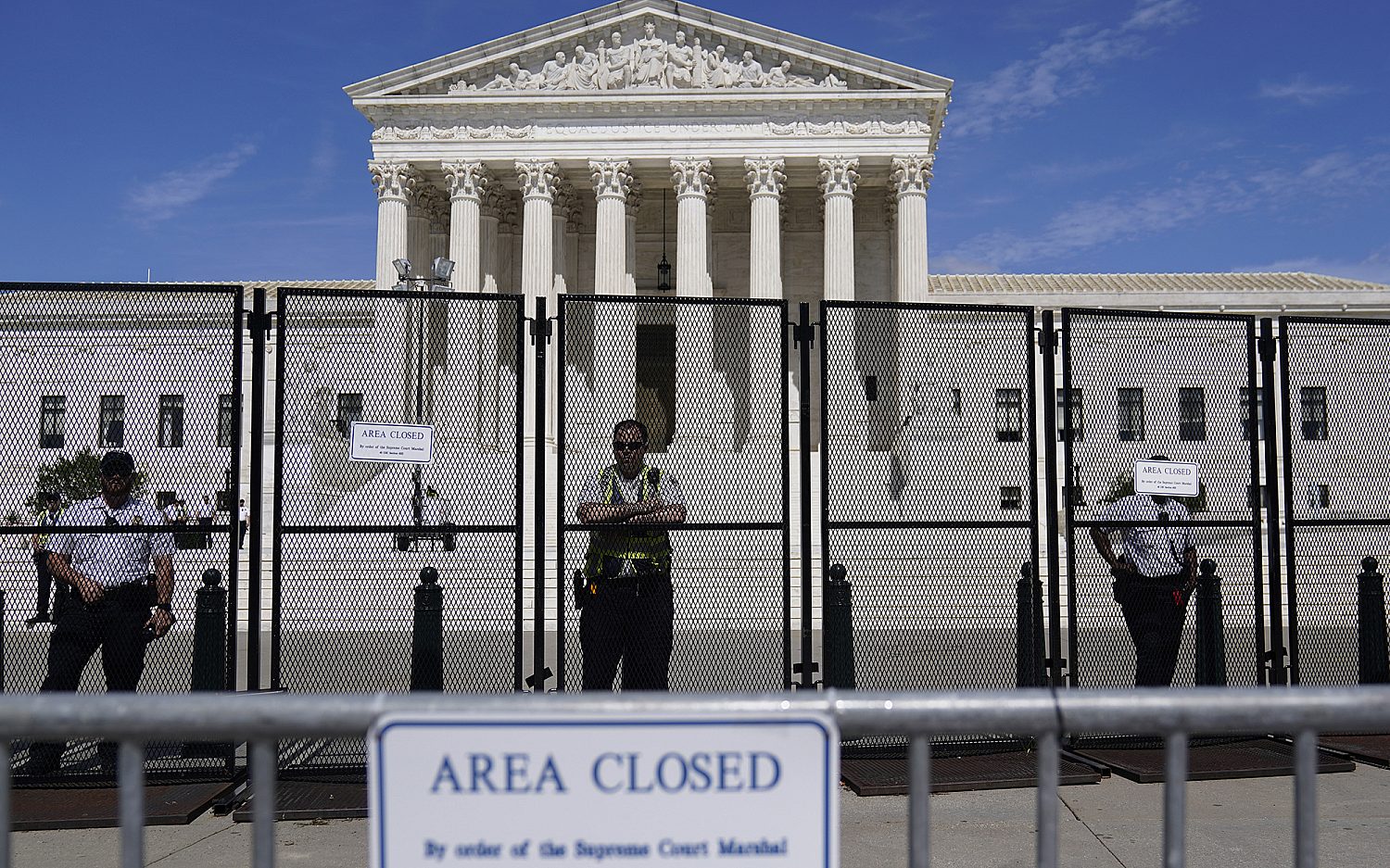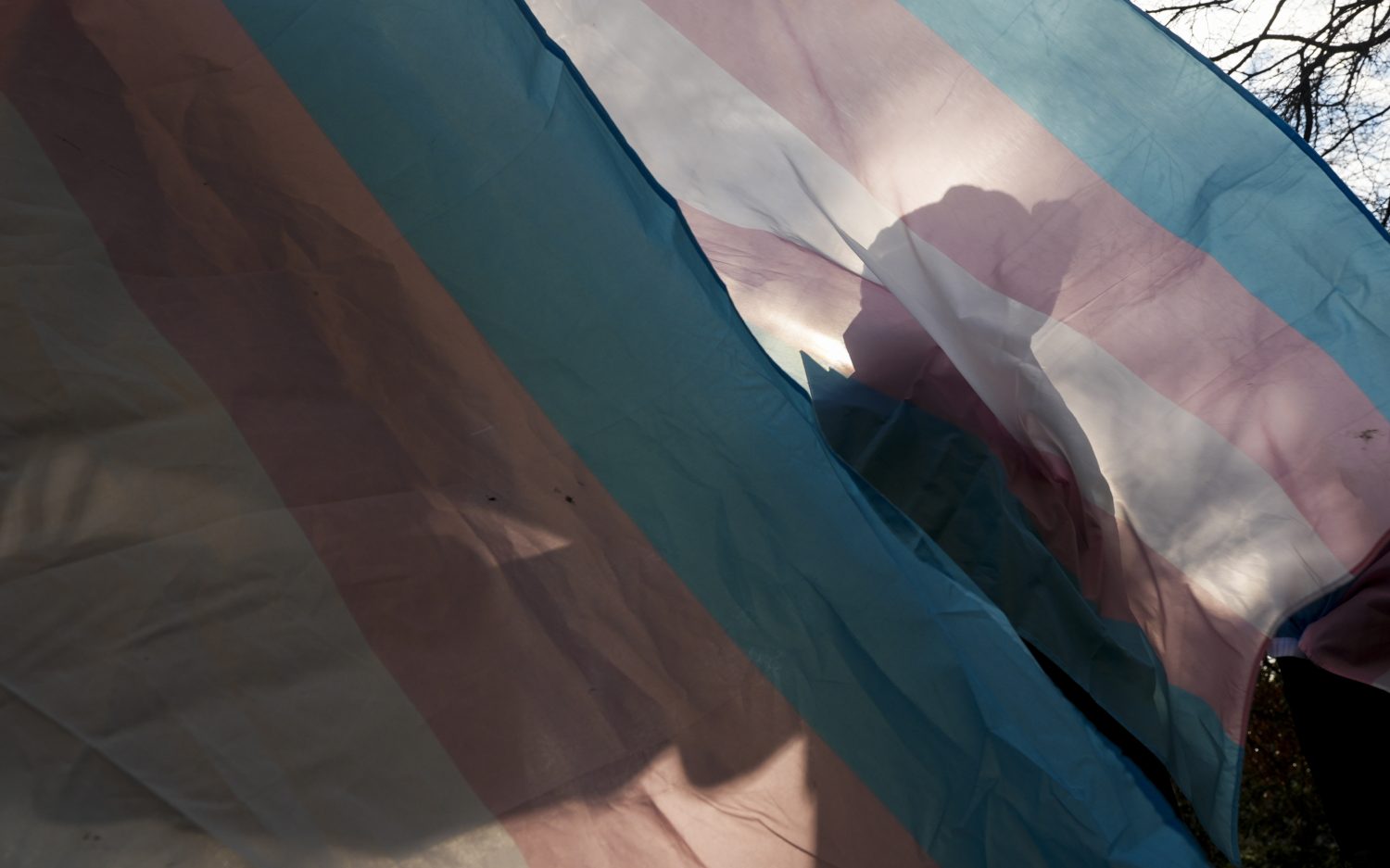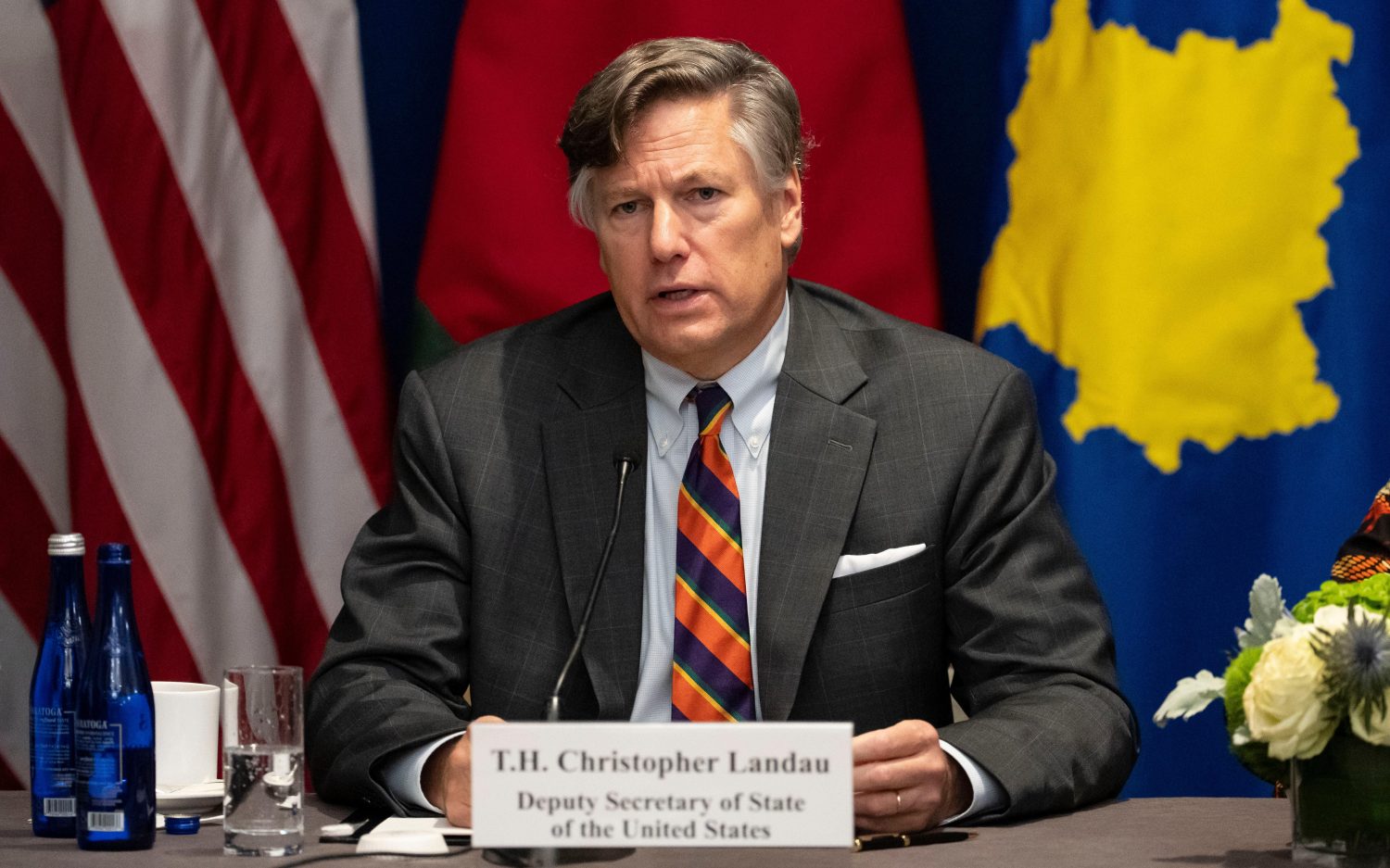Prevention efforts exacerbate STD spread
The number of Americans living with a sexually transmitted disease is on the rise and so is the cost of treatment, according to a new report from the Centers for Disease Control and Prevention (CDC).
Currently, 110 million Americans live with a STD, and half of them are between the ages of 15 and 24. Doctors now grapple with 19.7 million cases annually and treatment has erupted into a $16.9 billion industry.
The cases are especially high for young African-American women, even though they have been the target of syphilis-prevention experiments since the 1990s. John Douglas, the CDC’s STD prevention division director, told CNN the epidemic initially declined but is now reversing.
The CDC reported data on eight sexually transmitted infections: HIV, syphilis, gonorrhea, hepatitis B, chlamydia, trichomoniasis, herpes and HPV. Many of these diseases spiral into more complex health problems, including cancer.
Analysts blame the increase on inadequate access to healthcare and insufficient antibiotics. Catherine Satterwhite, one of the report’s authors, urged more preventative testing and preventative measures like condom use and mutually monogamous relationships.
Meanwhile, abstinence advocates continue to urge high school students and young adults to realize chastity offers the only fail-proof prevention method.
"The message we hear from the other side is that teenagers cannot control their hormones, so they need to be taught about safe or safer sex," Valerie Huber, president of the National Abstinence Education Association, told WORLD last year. The NAEA pushes for more abstinence education in schools.
The evidence suggest their efforts are paying off. Last year, the CDC released two studies on teen sexual activity that indicated abstinence isn’t a lost cause for teens. The number of girls having sex between the ages of 15 and 19 dropped 8 percent between 1988 and 2010, from 51 percent to 43 percent. The number of boys having sex dropped 18 percent, from 60 percent to 42 percent.
The rates of abstinence are highest among 15- to 17-year-olds, with only 27 percent of girls and 28 percent of boys reporting sexual activity. In 1988, 37 percent of girls and 50 percent of boys in the same age range told researchers they already had started having sex.
"Abstinence is a life choice that is resonating with teens," Huber said. "They are not ashamed of it. They are embracing it."
An actual newsletter worth subscribing to instead of just a collection of links. —Adam
Sign up to receive The Sift email newsletter each weekday morning for the latest headlines from WORLD’s breaking news team.




Please wait while we load the latest comments...
Comments
Please register, subscribe, or log in to comment on this article.